Copyright 2012 Suzanne Husseini
Photography copyright 2012 Petrina Tinslay
Published by arrangement with Motivate Publishing
All rights reserved. The use of any part of this publication, reproduced, transmitted in any form or by any means electronic, mechanical, photocopying, recording or otherwise, or stored in a retrieval system without the prior written consent of the publisheror in the case of photocopying or other reprographic copying, license from the Canadian Copyright Licensing Agencyis an infringement of the copyright law.
Appetite by Random House and colophon are registered trademarks
Library and Archives of Canada Cataloguing in Publication is available upon request
eISBN: 978-0-449-01562-9
Photographer: Petrina Tinslay
Food stylist: Alison Attenborough
Published in Canada by Appetite by Random House, a division of Random House of Canada Limited
www.randomhouse.ca
v3.1
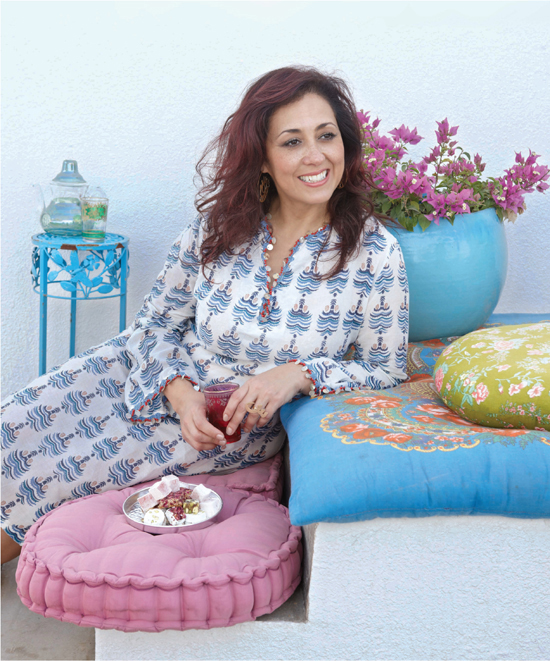
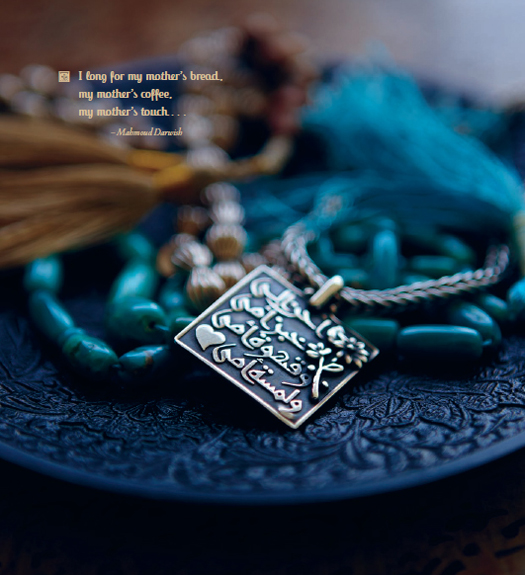
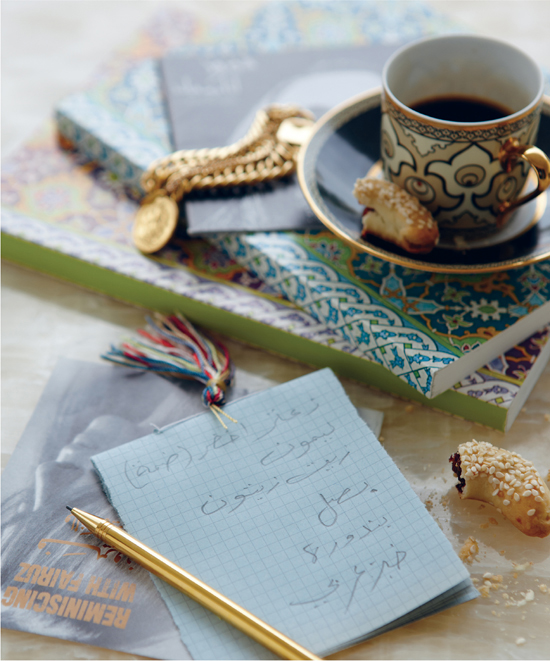
 To my father,
To my father,
who taught me to be a proud Arabian.
To my mother,
thank you for the love you put in every meal.
Your love lives on in my kitchen.
contents
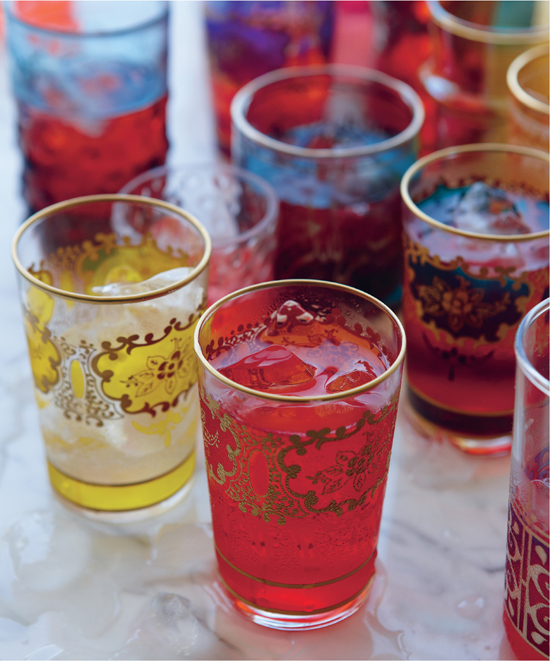
introduction
My family immigrated to Canada when I was very young. I remember arriving in the middle of the winter and seeing snow for the first time.
A new beginning, where I had to learn a new language, make friends and get used to wearing mittens and boots. While all of this was challenging at times, my constant comfort was coming home to a kitchen filled with the most enticing smells, lovingly created by my mother. Our kitchen was the heart of our home. She would pack my school lunch with sandwiches made from homemade pita bread, filling them with hummus (which was not yet a household word in North America!), labneh, falafel and zaatar. My classmates, being curious, wanted to know where I was from. You tell them you are Arrrrabian, my father advised, accentuating the r. But this answer only made them want to know more. The questions followed: Is your father a sheikh? Does he have camels? Is he rich? They were relentless. I was only too happy to invite these inquisitive friends home for lunch. They tasted my mothers cooking and, of course, loved it. The teasing eventually stopped, my exotic lunches became a hit and soon I was filling daily requests for falafel. I learned at age seven that we all share one thing and that is a love for food.
Much has been written about the legendary hospitality of the Arabs and our love of good food. Eating is an integral part of our life. We take it very seriously. For us, the age-old tradition of breaking bread is an honorable experience. This cookbook is my passionate attempt to showcase the diverse cuisine I grew up with, a cuisine that encompasses the Eastern Mediterranean, North Africa and the Middle East, a sophisticated food culture that has evolved over hundreds of years and was deeply influenced by the great Persian and Turkish civilizations. With the region situated at the crossroads of the spice route, Arabic cuisine naturally flourished and spread: the Arabs of long ago took their newly found ingredients pine nuts, eggplants, pistachios, sugar, sesame, saffron, cinnamon, rice and their farming and irrigation skills to places like Spain and Sicily. Sicilian cooking still uses so many Arabic ingredients and methods. Recently, Ive been struck by how many well-known TV chefs are now looking to the Middle East for inspiration, incorporating ingredients such as sumac, harissa, tahini, saffron, rosewater and pomegranate molasses.
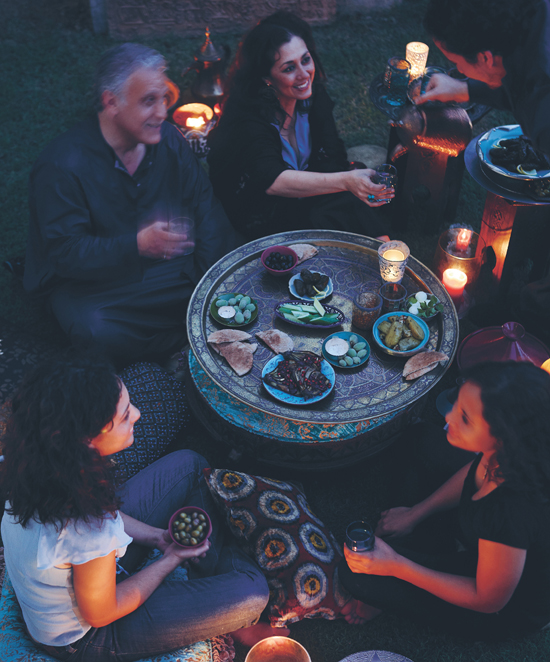
While the evolution of food traditions continues to fascinate me, this book is not meant to be a historical account of Arabic cooking. Rather, it is a collection of recipes I grew up with, the foods my mother cooked for our family, the dishes that brought comfort and joy to our hearts. One of the best skills I learned from my mother was to cook, as she would say, with my eyes, and to keep tasting along the way. She always allowed us to experiment in the kitchen, even if it meant making a mess. This gave me the confidence to cook with no fear. Even though my attempts werent always successful, she would taste it and say, It is better than mine. She, incidentally, had an amazing talent for cracking the code of any dish she tasted in a restaurant, re-creating a better version of it at home the next day.
Over the years of eating at my mothers table, of teaching cooking classes, of gracing my own table with enthusiastic, food-loving friends and of simply cooking for my own family, Ive learned so much about other cultures, exchanged many recipes and simply savored good times. This book is the result.
The dishes that follow are divided into five chapters, Breakfast being the first, followed by Mezze, Lunch, Dinner and lastly Dessert. I want to share with you the foods and the times they are typically eaten. Use these recipes as a guide, but follow your instincts and your senses, too. Cooking is a delicious adventure!

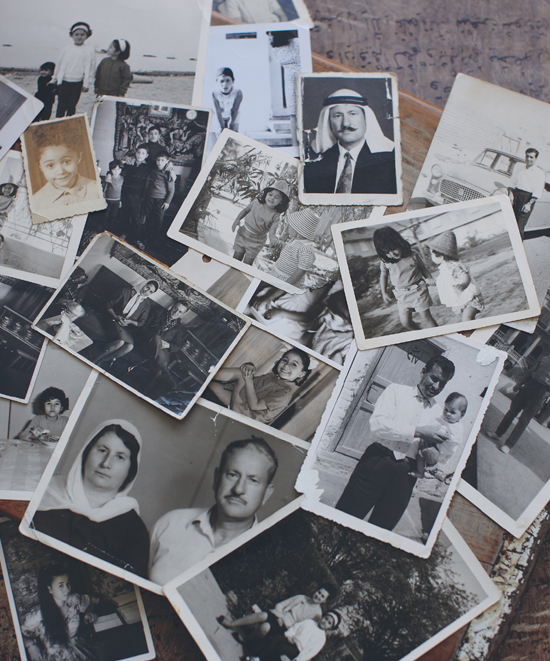
cooks notes
I am not rigid about measurements. My approach to cooking is relaxed. Use the recipes in this book as a guide and follow your instincts. Cooking is a sensual experience; all of the senses are present when you are cooking. If I do measure I just use standard -cup and 1-cup measurements. I find it easier. I use pinches and handfuls often. I could not measure herbs so a handful seems more real to me.
Feel free to use my recipes as a guideline bearing in mind my suggestions and then make it your own by increasing and decreasing an ingredient. Just read through the recipe entirely before making it.
- I certainly have my share of fancy utensils and favorite Le Creuset pots that I love to cook in, but truly good home-cooked Arabic meals are made with few tools and lots of love and soul. That said, it doesnt hurt to have a few indispensable gadgets like a food processor to make some jobs a breeze.


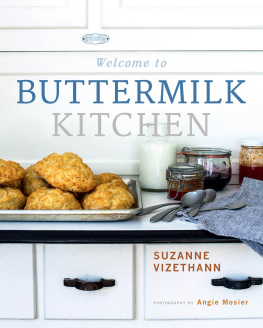
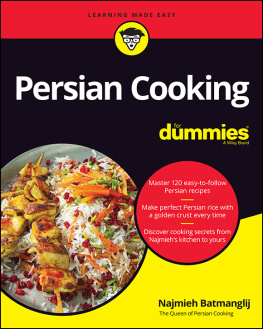
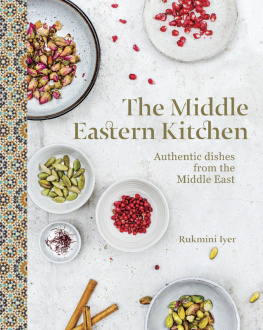

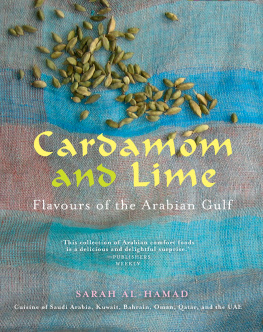
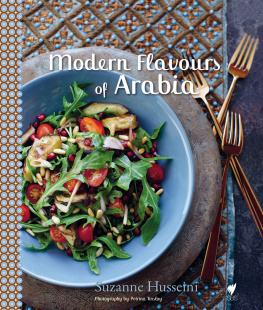
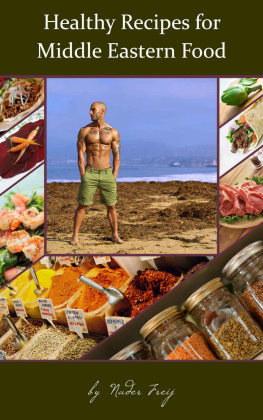
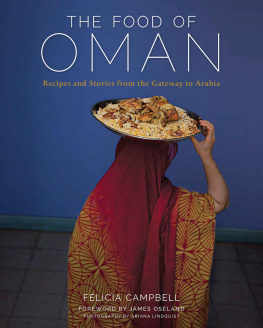
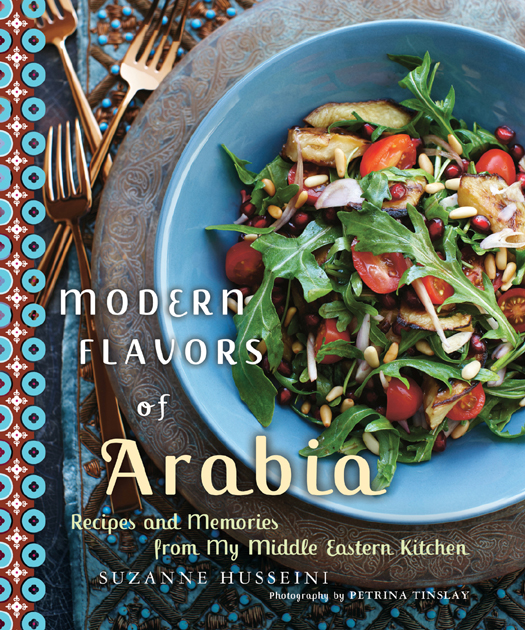
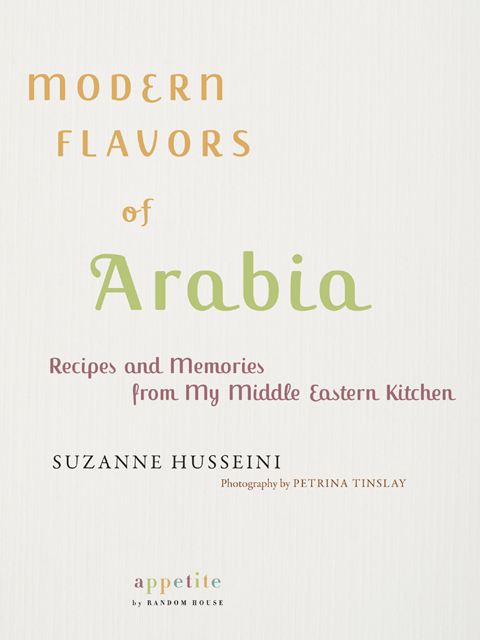



 To my father,
To my father,


